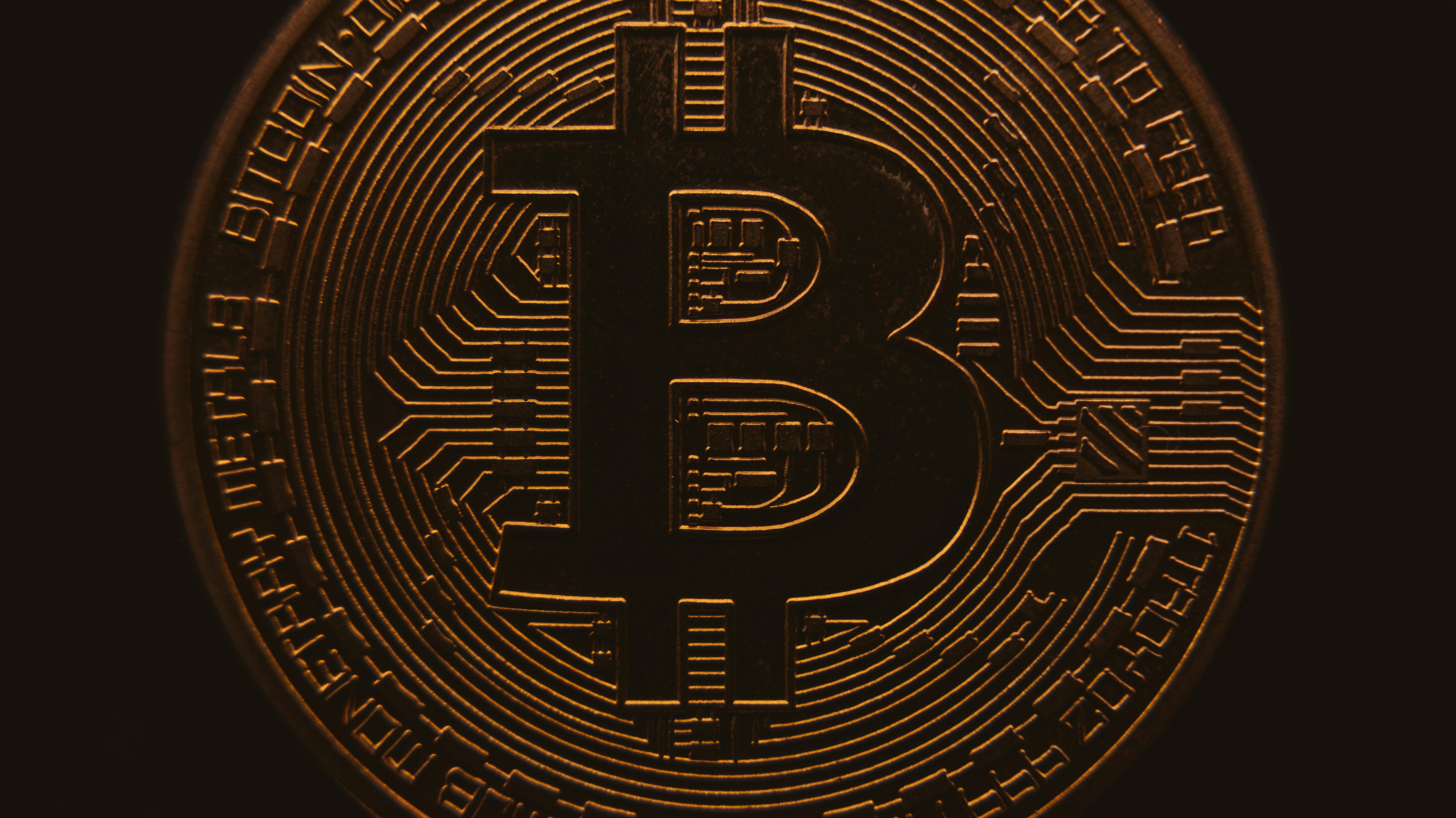Japan Cybersecurity: Proven Strategies Securing Global Enterprise Data
Let’s be straight: cybercrime didn’t take a break for the Olympics, COVID, or your Q4 reporting cycle. If you’ve spent any time working across international teams—or been charged with protecting the data backbone of a sprawling, multinational juggernaut—you already know how unpredictable and relentless today’s cyber threats can be. But here’s what strikes me: for years, Japanese enterprises have quietly put advanced, holistic cybersecurity practices into play, often operating several steps ahead of their Western counterparts. And having worked shoulder to shoulder with IT leads in Tokyo’s gleaming towers (picture investors, engineers, and old-school executives in the same room), I’ve seen firsthand the disciplined, cultural, and organizational advantages behind Japan’s cyber resilience.
What does Japan actually do differently? Is it simply a matter of throwing more yen at next-gen firewalls, or are there deeper, more nuanced tactics—rooted in culture, regulation, and genuine threat intelligence—that any global enterprise can adapt? And most importantly for you: what can you immediately apply within your organization to make a tangible, defensible upgrade in digital security, without turning your team upside down or breaking compliance in the process?
Why Japan Approaches Cybersecurity Differently
In my experience, Japan’s tech leadership isn’t just the result of heavy investment or shiny hardware. Instead, there’s a core philosophy that blends cultural collectivism (you’ll hear “team over ego” a lot), an appreciation for operational precision, and a general aversion to public embarrassment—a surprisingly strong motivator for good cyber hygiene.1 While Western firms often focus on technology procurement, Japanese organizations double down on are processes, redundant controls, and comprehensive risk modeling before ever talking tech vendors.
Here’s a thought: could this be why Japanese enterprises remain so remarkably resilient amid headline-making attacks? According to Japan’s National center of Incident readiness and Strategy for Cybersecurity (NISC), not only have Japanese firms managed to keep major data breaches low compared to North America and Europe2, but they’re regularly selected as global suppliers and partners because of that reliability.
Japan was among the first countries to deploy a nationwide critical infrastructure protection standard (the Basic Act on Cybersecurity); its cyber defense workforce training began years before similar efforts in much of Europe and North America.
Understanding The Global & Japanese Threat Landscape
Let’s ground this with some numbers—because executives always ask. According to PwC’s 2024 global security outlook3, ransomware attacks cost global businesses upwards of $20B last year, with nearly every major region reporting increased “zero-day” exploit activity. Japan’s response? Consistent, measured, and notably pas reactive. Instead, you’ll see Japanese enterprises conducting annual (sometimes quarterly) company-wide vulnerability audits, prioritizing vendor risk scores, and simulating sophisticated, multi-vector attacks (good luck sneaking a phishing test past a seasoned Osaka finance team).
“We aim for a culture where every employee senses risk—not just the sysadmins. You can’t achieve resilience otherwise.”
I’ve seen this up close, both in polished boardrooms and IT war rooms. As the global threat landscape evolves, Japanese enterprises bake lessons learned directly into SOPs and staff training, rather than relying solely on after-action reviews.
Core Principles of Japanese Cybersecurity: Lessons for Global Enterprise
Here’s where I’ve noticed Japanese companies set themselves apart—not just in what they do, but in comment et why they do it. The underlying mindset is inherently risk-centric: assume compromise, build for continuity, and engineer overlapping lines of defense (what many call “security in depth”—but with an almost obsessive precision). Ask a Japanese infosec manager about “trust but verify,” and you’ll likely get a knowing smile and a 50-slide presentation on mutual authentication, SAML, and routine pen-testing that would terrify most Western audit teams. Sound familiar?
- Zero Tolerance for Gaps: Patch management runs on strict cadence, and exceptions aren’t tolerated. Miss a cycle? Expect a desk visit—not just a ticket update.
- Human Layering: In-depth employee cybersecurity education (from the new grad to the CEO) ensures no one’s exempt from simulated phishing or insider threat checks.4
- Vendor Scrutiny: Japan’s supply chain obsession extends to software and SaaS dependencies. I’ve observed quarterly audits, pen-testing requirements, and multi-factor onboarding for chaque new vendor. Burnout? Maybe, but far fewer supply chain disasters.
- Failure is Documented: Every breach, near-miss, or “could-have-been” event is scrutinized, documented, and turned into mandatory learning. Never a “quiet sweep under the rug”—which I’ve seen far too often elsewhere.
“One of the biggest mistakes is thinking advanced cybersecurity is just about technology. In Japan, it’s about discipline and collective responsibility.”
Compliance: Navigating Frameworks & Regulations (and Why They Matter)
Compliance in Japan is about more than ticking a box on a global risk heatmap. Enterprises deal with a web of rules: the Act on the Protection of Personal Information (APPI), global agreements like GDPR for cross-border trade, and industry-specific standards (J-SOX, FISC, etc).5 What’s surprising—at least to outsiders—is how Japanese regulatory compliance forms the bedrock of not just risk management, but competitive advantage. Need an example? Back in 2021, a client I worked with won a massive APAC contract purely because they could prove (not just claim) NIST-and-APPI compliant multi-region data redundancy and encryption.
| Framework | Scope | Global Relevance | Japanese Distinction |
|---|---|---|---|
| APPI | Personal Data | Aligns with GDPR principles | Stricter breach notification obligations |
| J-SOX | Financial Disclosure & IT Control | Parallel to US SOX | Focus on operational continuity, not just disclosure |
| FISC | Financial IT Systems | Unique to Japanese banks/insurance | Emphasizes supply chain/vendor screening |
| NIST/ISO 27001 | Information Security Standard | Global benchmark | Adopted with Japanese audit layering |
Let me make this practical: compliance isn’t an add-on—it’s central to how Japanese C-suites budget, how IT teams prioritize projects, and how security policies get internal “teeth” (meaning: people actually follow them). I once watched a Japanese audit team stop a multi-million-dollar product launch over a missing vendor control report; harsh, but the risk calculus was 100% justified.
Layered Defenses: From Perimeter to Insider
If you’ve ever rolled out an enterprise VPN or zero trust network in Japan, you’ll know there’s a near-obsessive focus on layered defense. This isn’t just about stacking tools—it’s about creating redundancy and making sure no one gap becomes catastrophic.6
- Multi-factor authentication (MFA) is enforced—system-wide. When I say enforced, I mean “you’re escorted out of the building if you resist.” (Not literally, but almost.)
- Role-based access is granular, and regularly reviewed. Privilege creep? Almost a non-issue, thanks to scheduled audits.
- Endpoint monitoring is real-time and cross-device—corporate and BYOD alike.
- Anomaly detection and automated incident response workflows are built not for “if,” but “when.”
Japan’s Financial Services Agency was one of the first to require continuous network monitoring for all licensed banks as early as 2017—years ahead of similar US and EU policies.7

Case Study: How a Japanese Enterprise Fought Ransomware—And Won
For all the theory, there’s nothing quite like a real-world example. Let me share a client story—anonymized, but every detail stems from events I personally witnessed in early 2022. Tokyo, 5:43pm: a critical subsidiary of a multinational Japanese conglomerate gets pinged with a classic ransomware dropper. Initial infection vector? Socially engineered phishing, disguised as a routine supplier invoice (the old tricks still work).8
- Within 4 minutes, endpoint agents trigger a shut-down on the targeted machines.
- By minute 11, the incident response team coordinates lockdowns for network segments potentially affected.
- By minute 19, the team launches a pre-written legal notification protocol, as required by APPI.
Here’s the kicker: because of vendor risk mapping done months prior, the ransomware failed to laterally propagate—third-party apps had network segmentation, “least privilege” enforced, and non-critical systems were promptly isolated.
“Preparation is more than backup. It’s the difference between resilience and disaster. We only realized our planning paid off after the fact.”
| Étape | Laps de temps | Action | Résultat |
|---|---|---|---|
| Detection | 0-4 min | Automated lockdown by EDR | Isolated affected endpoints |
| Containment | 5-11 min | Network segmentation protocols | Stopped spread beyond initial users |
| Notification | 12-19 min | Instant legal response, APPI notification | Met compliance, avoided fines |
| Récupération | +24 hrs | Backup restore, forensic analysis | Full service resume, no ransom paid |
Cultural Lessons & What Global Teams Can Steal
Here’s what gets me: the best technical stack on the planet won’t save you if culture lags behind. Japan’s approach works because of humble teamwork, priority on procedure, and “collective embarrassment avoidance”—a phrase I’ve genuinely heard execs use as a security driver.9 Security isn’t just the IT team’s job; I’ve watched sales assistants, janitorial staff, and senior VPs alike take part in annual “cyber drills.” Do you see that level of buy-in in your organization? (I wish I always did in mine.)
- Proactive peer review: Employees are encouraged to “challenge” risky behaviors (uploading a file, using personal USB, etc.) without fear of retaliation.
- Open reporting channels: Even the most junior team member can escalate suspicious emails or questionable customer requests.
- Routine gamification of security: Quarterly competitions and spot quizzes drive engagement—and sometimes, a bit of bragging rights.
“Japanese firms excel at routine—sometimes to a fault. But when it comes to cyber incident preparedness, that’s a huge advantage.”
Questions for Your Team—And Yourself
- How quickly could you detect, contain, and legally report a breach, right now?
- Are third-party SaaS/app vendors truly isolated—or just trusted without verification?
- Does every team member, from top to bottom, participate in cyber awareness programs chaque year?
- When did you last challenge an internal “risky” behavior—and was it welcomed or resisted?
Japan consistently ranks in the global top 3 for lowest cost per data breach among advanced economies, attributed to rapid detection and strict reporting processes.10
Future-Proofing: What’s Next for Japanese Enterprise Security?
Does Japan have it all figured out? Of course not. Cyber attackers evolve, and the pressures of remote work, international expansion, and IoT/OT convergence test even the most disciplined regimes. Yet, Japanese companies stay adaptive by combining legacy rigor with emerging tech—think AI-driven SOC triage, expanded bug bounty programs, and growing collaboration with international law enforcement.11
- Growing investments in continuous skills development—cyber upskilling isn’t just for IT roles anymore.
- Formal partnership with INTERPOL/APWG for global threat intelligence sharing.
- Adoption of next-gen authentication—moving beyond passwords to biometric and behavioral analytics.12
- Greater focus on software supply chain security, especially for critical infrastructure vendors.
“Japanese cyber maturity comes from a blend of tradition and innovation. But don’t get complacent—threats evolve, and so must we.”
Taking Action: Adopting Japanese-Inspired Security (Without Moving Your HQ to Tokyo)
What should you actually do after reading all this? If you’re like most execs I know, you want a playbook you can use on Monday—not just more theory. Here’s my before-and-after list for any global team looking to “think Japanese” (even if your team is on three continents and your HQ is nowhere near the Yamanote Line):
- Build redundancy into process, not just tech: Use checklists, peer reviews, and regular audits (yes, they can be boring, but they work).
- Insist on cross-team engagement: Security is an “everyone game.” Put cyber awareness in your onboarding, annual review, even team socials.
- Go heavy on documentation: Treat every near-miss or successful defense as a trainable event, not a footnote.
- Mimic Japanese compliance rigor: Make it a selling point, not a burden, especially in regulated industries or international bids.
Références



